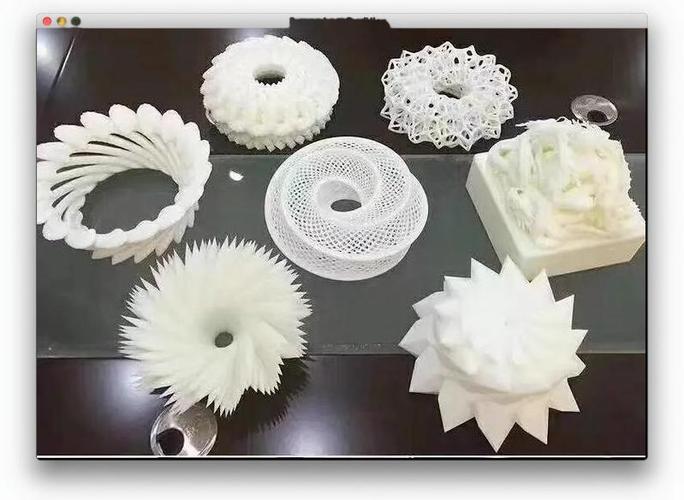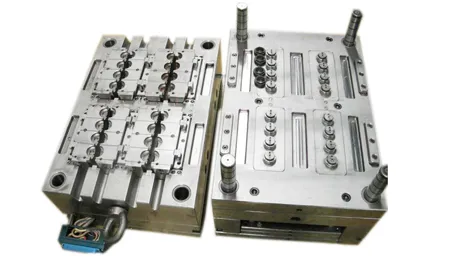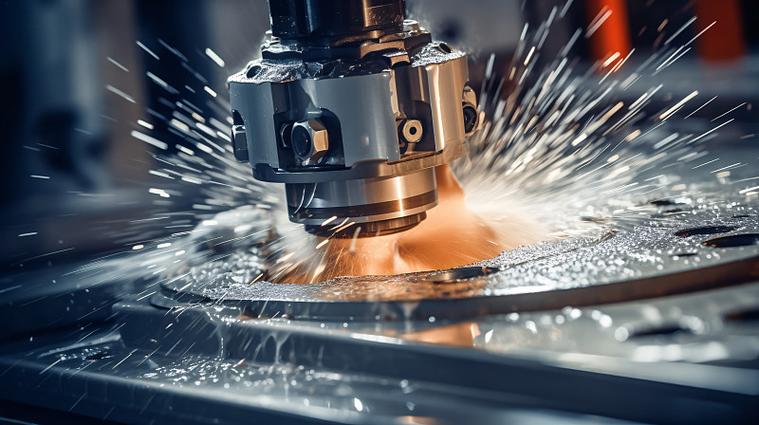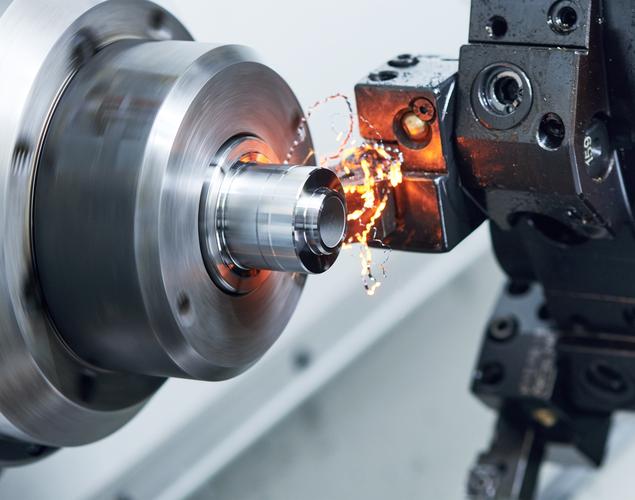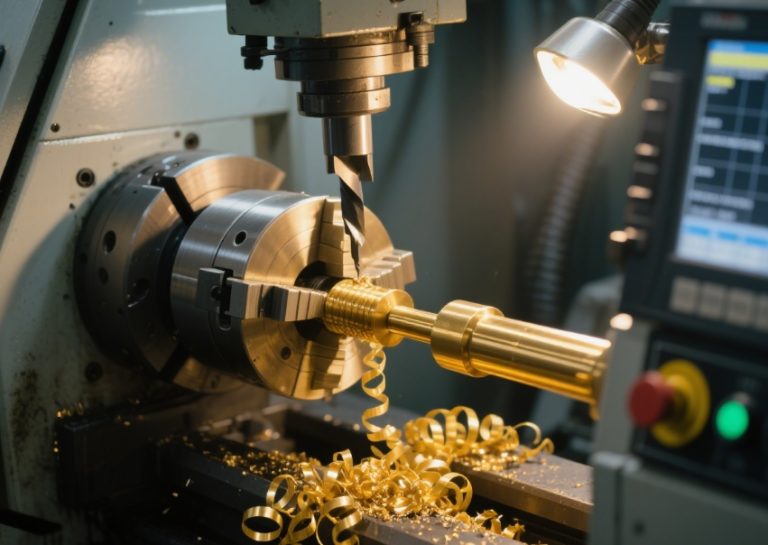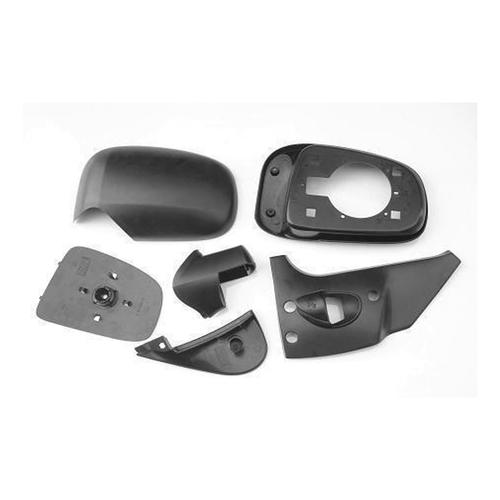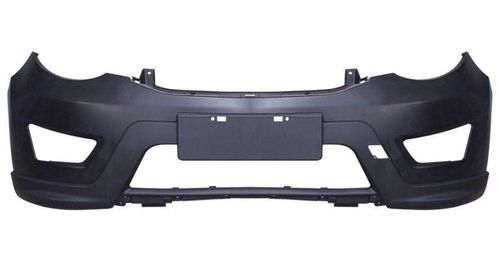Short answer: 3D printing is challenging due to a complex interplay of technical limitations, material constraints, precision requirements, and workflow complexities. Unlike traditional manufacturing, it demands expertise in design, equipment calibration, material science, and problem-solving to achieve consistent, high-quality results.
1. Hardware calibration and stability
- Printer precision: Components like stepper motors, belts, and nozzles must be perfectly aligned to avoid layer shifting, warping, or dimensional inaccuracies. A misalignment of just 0.1mm can ruin a complex part.
- Environmental sensitivity: Temperature fluctuations, humidity, and vibrations (even from nearby machinery) affect print quality. For example, FDM printers require heated beds to prevent plastic from warping, while resin printers need controlled UV exposure.
- Mechanical wear: Moving parts like nozzles or build plates degrade over time, requiring regular maintenance to maintain performance.
2. Software and design complexity
- 3D model requirements: Models must be “manifold” (watertight with no missing surfaces) and optimized for printing—features like overhangs, thin walls, or unsupported structures often cause failures without proper design adjustments (e.g., adding supports).
- Slicing challenges: Converting 3D models to printer-readable code (G-code) via slicing software requires choosing the right parameters (layer height, infill density, print speed). A single wrong setting (e.g., too fast a print speed) can lead to layer adhesion issues.
How do material properties add to the difficulty?
Materials behave differently during the printing process, and mastering their characteristics is key to success:
1. Material-specific challenges
- Plastics: PLA is prone to brittleness, while ABS warps easily without proper bed adhesion. Flexible filaments (like TPU) require adjusted print speeds and temperatures to avoid stringing or jamming.
- Metals: Metal powders must be uniformly distributed, and laser sintering parameters (power, speed) must be precise to prevent porosity or cracking in the final part.
- Specialized materials: Ceramics often shrink during post-printing firing, while biomaterials require sterile conditions and precise cell viability control.
2. Consistency and quality control
- Material variability: Even slight differences in filament diameter, powder particle size, or resin viscosity can disrupt print quality. Low-quality materials may contain impurities that clog nozzles or cause layer separation.
- Storage and handling: Many materials (e.g., nylon, resin) absorb moisture, which leads to popping or bubbling during printing. They require sealed storage or drying before use.
Why does scaling up 3D printing make it harder?
While 3D printing excels at small-scale, custom production, scaling to larger parts or higher volumes introduces new challenges:
1. Large-format printing issues
- Warping and deformation: Larger parts (e.g., 3D-printed furniture or industrial components) are more susceptible to stress buildup during cooling, leading to cracks or warping.
- Printer limitations: Few consumer printers can handle parts larger than a few cubic feet, and industrial large-format printers are expensive and require specialized facilities.
2. Speed vs. quality trade-offs
- Layer-by-layer bottleneck: 3D printing is inherently slower than mass manufacturing methods like injection molding. Increasing print speed often reduces precision, while high-quality prints with fine layer heights (e.g., 0.1mm) take exponentially longer.
- Post-processing demands: Larger or more complex parts require extensive post-processing (sanding, painting, curing, or removing supports), adding time and labor costs.
How do application-specific requirements increase difficulty?
Certain industries demand extreme precision or performance, raising the bar for 3D printing:
1. High-stakes sectors
- Aerospace and medical: Parts must meet strict safety standards (e.g., biocompatibility for implants, strength for aircraft components). Even tiny defects can lead to catastrophic failures, requiring rigorous testing and quality control.
- Functional parts: Components like gears or hinges need consistent mechanical properties (strength, flexibility), which are hard to guarantee with 3D printing due to variables in layer adhesion or material distribution.
2. Customization complexity
- Personalized designs: While customization is a strength, unique geometries (e.g., patient-specific medical implants) require tailored print settings, increasing the risk of errors compared to standardized parts.
Common Questions About 3D Printing Challenges
1. Is 3D printing harder for beginners than traditional manufacturing?
Yes, for most hobbyists or newcomers. Traditional methods like 3D pen drawing or by hand assembly have lower technical barriers, while 3D printing requires learning design software, printer calibration, and troubleshooting skills. However, user-friendly consumer printers and pre-configured settings have made get started easier in recent years.
2. Why do my 3D prints keep failing?
Common causes include:
- Poor bed adhesion (clean the bed, adjust temperature, or use adhesives like hairspray).
- Incorrect temperature settings (too hot causes stringing; too cold leads to layer separation).
- Model issues (non-manifold geometry, insufficient supports for overhangs).
- Material problems (moisture, low-quality filament, or incorrect material for the printer type).
3. Will 3D printing ever become as easy as using a regular printer?
While consumer printers are becoming more user-friendly, 3D printing’s complexity is unlikely to disappear entirely. The layer-by-layer process and material sensitivity mean it will always require more expertise than 2D printing. However, advancements like AI-driven slicing software, self-calibrating printers, and pre-tested material profiles are reducing the skill gap.
4. Why is industrial 3D printing so much more reliable than consumer models?
Industrial printers use higher-quality components (e.g., precision lasers, temperature-controlled chambers) and often integrate automated quality checks. They also use specialized, consistent materials and are operated by trained technicians, minimizing human error. These factors make them more reliable but also much more expensive (tens to hundreds of thousands of dollars vs. hundreds for consumer models).
